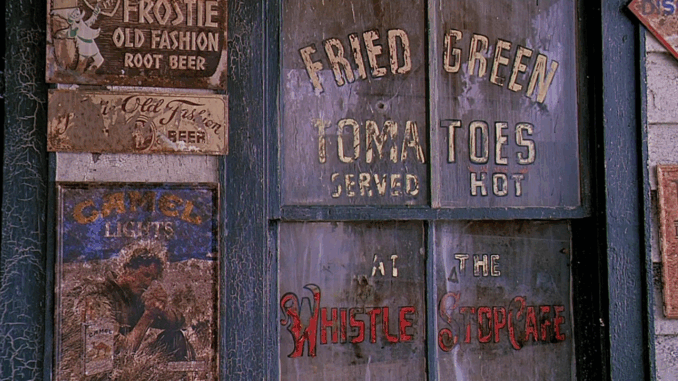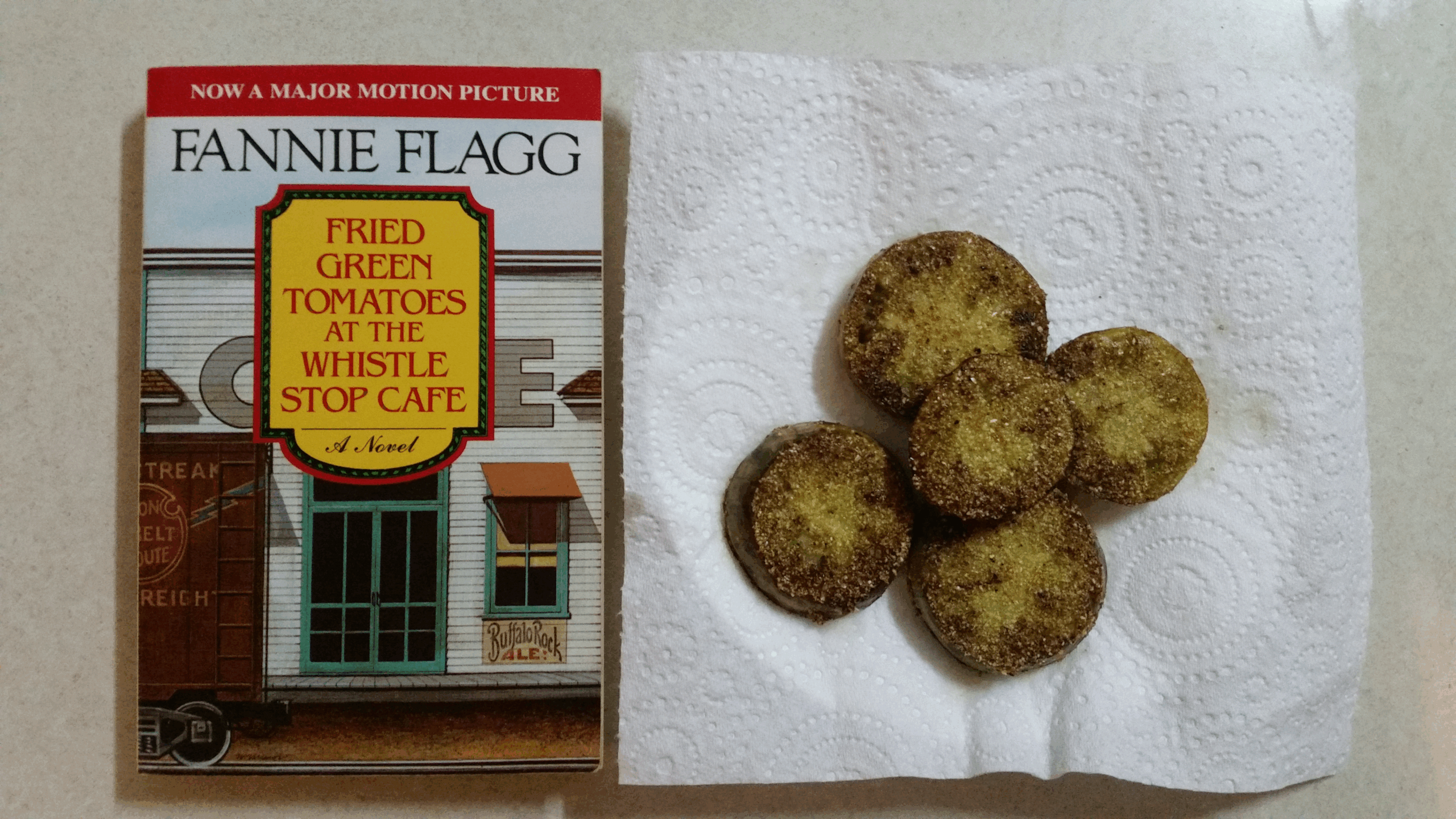
Though we never see a formal cookbook in Fried Green Tomatoes, its spiritual presence is undeniable. The recipes of the Whistle Stop Café — from fried green tomatoes to hearty ribs — are passed down, recreated, and remembered, binding characters together across generations. Behind every plate is a story, and behind every story, an unspoken guide: a recipe ledger written in care, improvisation, and memory.
A Book That May Not Exist — But Always Did
While the film never explicitly shows Ruth or Sipsey flipping through a cookbook, the café’s legacy suggests the presence of one. Perhaps it was never written, perhaps it was kept mentally or orally. But somewhere — in a drawer, in someone’s apron pocket, or in Ninny’s memory — it exists. A handwritten collection of the café’s soul, spiced with nostalgia and practical survival.
This imagined ledger is not just about ingredients, but the people behind them. It’s Ruth remembering how her mother cooked Sunday supper. It’s Sipsey seasoning meat with wisdom passed down through generations. It’s Idgie learning that nourishment isn’t just food — it’s community.
Memory as a Cookbook: Recipes Without Pages
For many women, especially Southern women in the early 20th century, recipes were not always written down. They lived in muscle memory, tradition, and improvisation. A pinch of this. A stir of that. Taste it to know if it’s right.
This is what makes the “invisible” cookbook so special — it represents the unwritten genius of domestic labor, the power of women who kept families, diners, and towns alive through acts of care disguised as daily chores.
The Café as a Living Book

Every time the café opens its doors, the recipes are brought to life. Ruth and Idgie don’t just serve food — they serve resilience. After Ruth leaves her abusive husband, food becomes her new language. Through running the café, she regains power, stability, and dignity.
Meanwhile, Sipsey — who quietly becomes a matriarchal figure — infuses every meal with history and quiet strength. Her role in the kitchen is central to the café’s success, even if her name never appears on the sign.
Each plate that leaves that kitchen is a chapter from a living book, made not for publishing, but for healing.
If the Book Had Pages: What Might It Contain?
-
Fried Green Tomatoes: the dish that gives the story its title. Tangy, crispy, and comforting — the taste of memory.
-
Barbecue Ribs: hearty, messy, and rich with flavor — and possibly a secret or two.
-
Homemade Biscuits: simple, soft, and best shared.
-
Sweet Tea: the lifeblood of the South — always flowing, always offered.
-
Apple Pie: perhaps Ruth’s favorite, baked with quiet longing.
But more than the food, the imagined cookbook would include notes in the margins:
“Add more pepper if Idgie’s in a bad mood.”
“Make extra on Sunday — Buddy Jr. eats two.”
“Ruth says this was her mama’s way.”
These are not just recipes. They are annotations of life.
Ninny’s Retelling: Passing the Book Forward
In many ways, Ninny Threadgoode becomes the final keeper of the recipe book — not by cooking, but by storytelling. Every time she shares a memory with Evelyn, she’s passing on a piece of the café’s flavor. She’s cooking without a stove, writing recipes in Evelyn’s heart.
And Evelyn, by listening, by caring, by changing — becomes the next chapter.
A Book You Can Taste, But Never Hold
In Fried Green Tomatoes, the recipe book isn’t on screen — but it’s everywhere. It exists in every bite shared, in every act of kindness stirred into a pot, in every woman who fed others while starving for purpose herself.
It is a cookbook of survival, of sisterhood, and of joy — not printed, but imprinted. In hearts. In kitchens. In memory.
